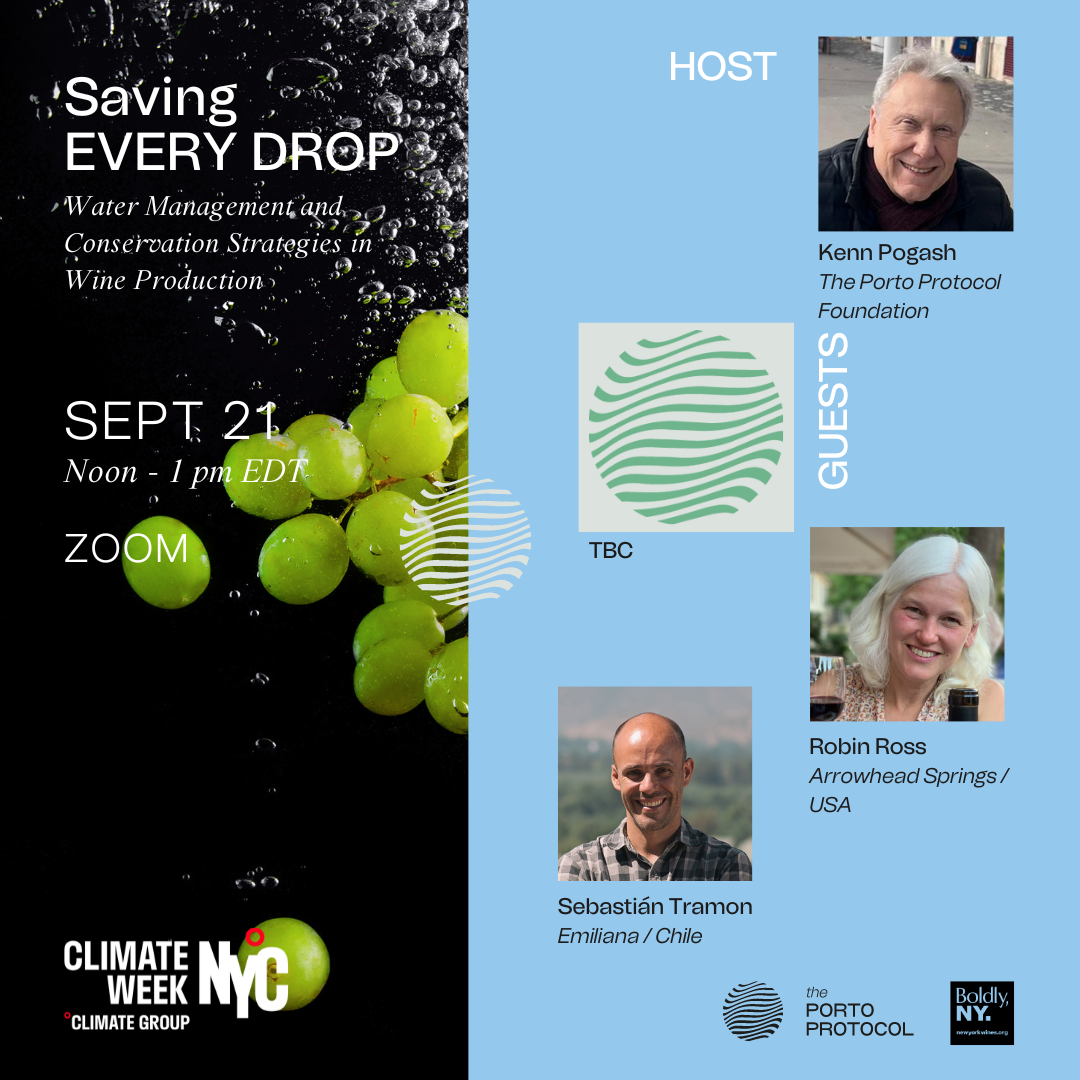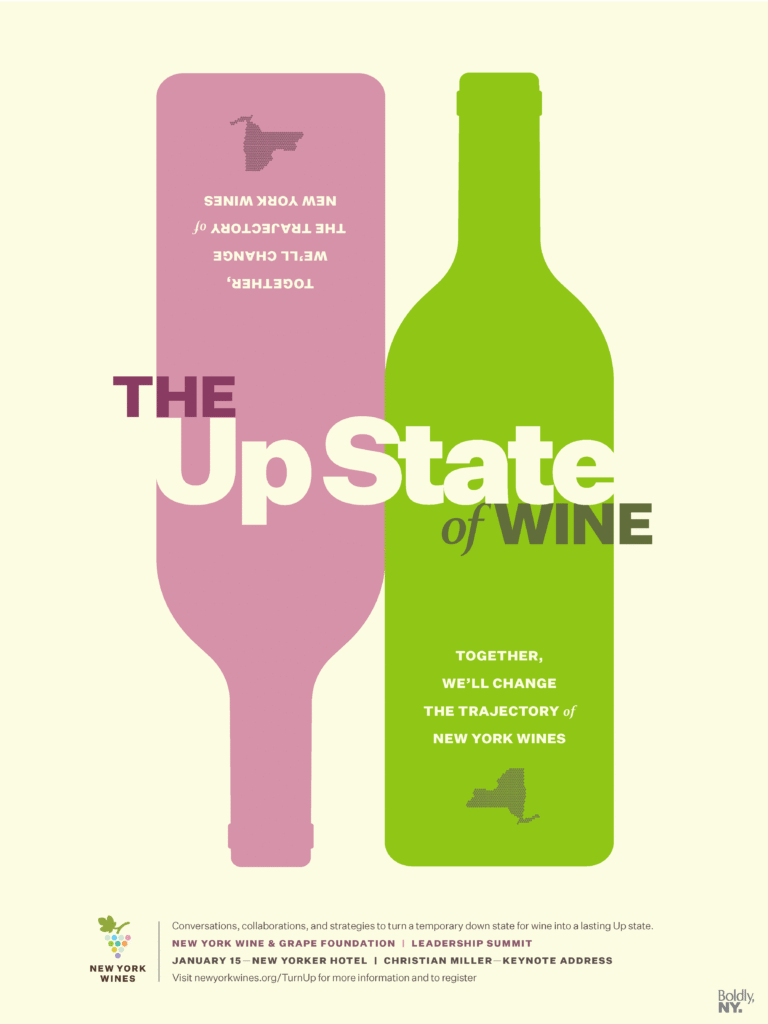
- This event has passed.
Saving Every Drop

The water footprint (WF) of a product is an indicator of the consumption methods affecting water resources along wine’s life cycle. Today, there is global recognition that water scarcity is a major global challenge. As such, the evaluation of the WF of agro-industrial products is key, as they are widely known as having a significant footprint on water resources. The global average water footprint of grapes is 610 liter/kg. One kilogram of grapes results in 0.7 liter of wine, so the water footprint of wine is APPROXIMATELY 870 liters of water per liter of wine. This means that one glass of wine (125 ml) costs 110 liters (according to the Water Footprint Network).
Producers know that grape vines have a capacity for survival and resilience to austere climates. However, the increased production of grapes and wine, combined with droughts and adverse effects brought on by climate change, mean that now, more than ever, water needs to be used efficiently. There is an urgent need to understand where and how wine producers can improve water management in the life cycle of wine either by the reduction of water, or the elimination of the use of water altogether.
This talk will address this issue and will try to identify the major challenges producers face when using water throughout the production cycle of grapes and wine. During this conversation, we will analyze the importance of efficient use of water. We will explore the best technologies and best practices available for the vineyard and the winery. To do this, our international panelists will share their approaches to all three components of determining WF (water footprint): understanding the differences between green, blue, and grey water, reliance on rainwater to practice dry farming and the opportunities to reuse treated wastewater.


